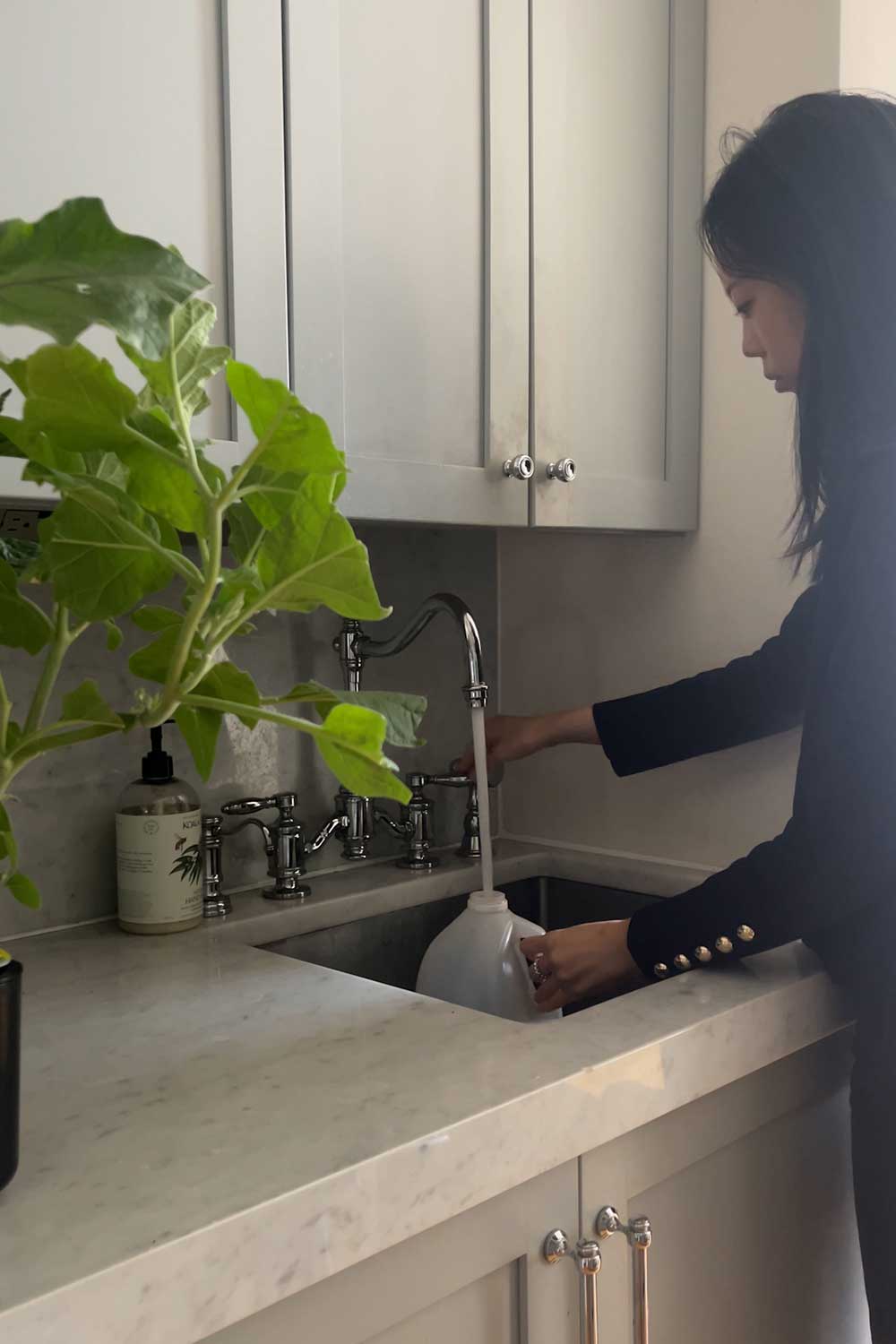
Best Aerogarden Nutrient Alternatives
After I ran out of my Aerogarden plant food, I started looking into other options.
The Aerogarden liquid nutrients work great, but I was curious about trying other hydroponic nutrients.
There are so many options on the market, with all different formulations, that I wanted to experiment.
Here’s everything I learned about hydroponic nutrients and which Aerogarden plant food alternatives I’d recommend!
Hydroponic Nutrients
| Brand | Type | Best For |
| GH Flora Series | Liquid | Small scale growers, Price |
| Foxfarm | Liquid | Convenience |
| DynaGro | Liquid | Convenience |
| GH MaxiGro | Powder | Medium scale growers, Price |
| Masterblend | Powder | Large scale growers, Price, Custom Mixing |
Alternatives to Aerogarden Liquid Plant Food
Aerogarden’s indoor gardens make it easy to explore alternatives.
I wrote a separate post here on using different sponges, baskets and stickers.
I found that in some instances I preferred Aerogarden’s accessories and in other instances, I liked third-party brands.
And exploring other options ended up saving me quite a bit!
That’s one of the reasons I really like Aerogarden.
The company doesn’t lock you into exclusively using their own products.
They extensively test and design their proprietary products so that they work fantastically well, but you can often DIY or use alternates if you wish.
Aerogarden Discount Code
Use SSG15 for 15% off any order of $50+
The main reason to explore alternatives?
Price.
When it comes to indoor gardening, the two biggest cost contributors are electricity and nutrients.
Everything else is either a one-time setup cost (like the cost of the garden) or pretty minimal (seeds, sponges).
I did a deep dive on electricity costs in this post, so this time I’m focusing on nutrients.
Read more:How Much Does It Cost to Run an Aerogarden?
Hydroponic Nutrients
First, a quick rundown on what hydroponic nutrients are – and why they’re crucial.
All plants need nutrients to grow.
Specifically, they need at least 14 macro and micro elements to support root growth, leaf development, flower formation and fruit setting.
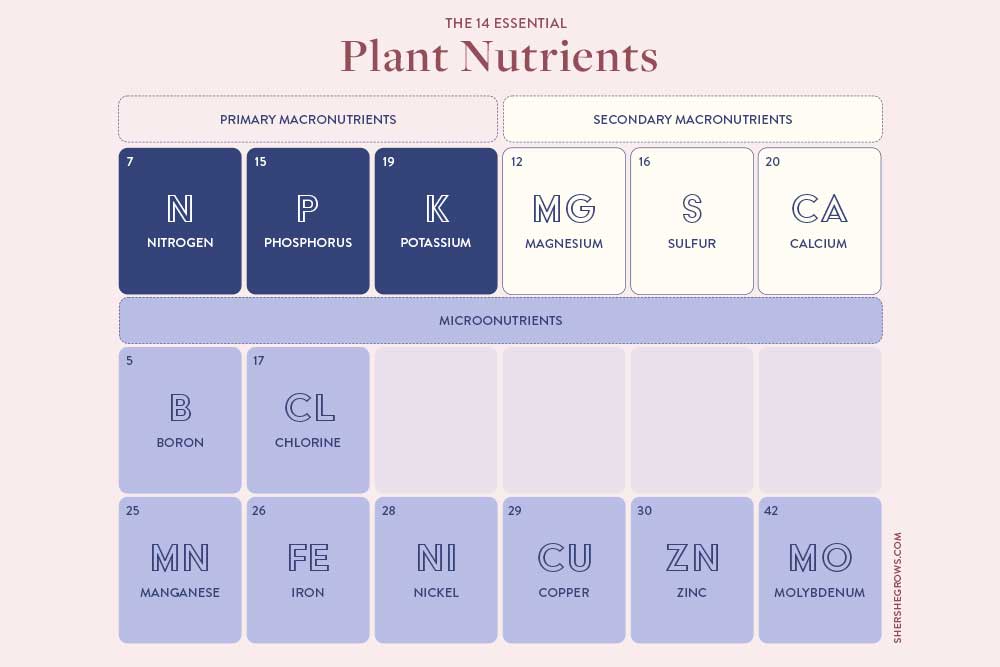
In traditional outdoor gardening, plants get these nutrients from the soil.
Gardeners will also regularly add compost and fertilizer to their outdoor plants, to ensure the roots are getting everything they need.
With indoor gardening, plants are grown directly in water.
They won’t have soil to get nutrients from, so you’ll directly add minerals via hydroponic nutrient solution.
And actually, without soil in the way, hydroponic plants have a much easier time accessing nutrition.
So you use much lower concentrations of nutrients (and water) in a hydroponic setup.
Water and nutrients are typically re-used in hydroponic systems.
It’s more environmentally friendly and there’s minimal nutrient run-off compared to traditional soil gardening.
Liquid vs Dry Nutrients
Hydroponic nutrients come in either liquid or powder form.
Liquid fertilizers are easier to measure and mix, as they’re already dissolved in water.
But, the convenience makes them slightly more expensive. You’ll also pay a slightly higher unit price as the water weight makes them heavier to ship.
Alternatively, you can buy powdered nutrients and dissolve them yourself in water.
What Are Aerogarden Nutrients Made Of?
Aerogarden’s nutrients are made up of various essential mineral salts, including potassium nitrate, calcium nitrate, mono potassium phosphate and magnesium sulfate.
All these are naturally occurring ingredients (some of these are found in multi vitamins).
The exact formula and ratio was specially developed by the company to have just the right amounts to thrive with all types of plants.
Aerogarden Nutrients
Available on Amazon, Aerogarden
When I was just starting out, I used Aerogarden nutrients.
I already wrote a more in-depth dive on Aerogarden’s liquid plant food here.
The main benefit of using the company’s nutrients is that they’re included with your garden and come in liquid form.
There’s no need to mix or measure. Just drop a couple capfuls directly into the grow bowl!
If you’re a beginner or just have one or two gardens, I think Aerogarden nutrients are the best option.
Everything You Need to Know about Aerogarden’s Nutrients
What Aerogarden Nutrients Lack
Because Aerogarden’s liquid plant food is designed as a one size fits all option, it can be insufficient for ‘heavy feeders’ – plants that require a lot more nutrition.
Fruiting plants in particular, typically require extra nutrients to put out flowers and support fruit development.
Aerogarden’s liquid nutrition also doesn’t have much calcium.
Calcium doesn’t mix well with sulfates or phosphates (it tends to recombine into an insoluble form).
So Aerogarden leaves it out.
Other hydroponic fertilizers sell their nutrition in parts (usually a 2 or 3 part series that you mix together) with the calcium bottled separately from the main nitrogen, phosphorus and potassium.
If you don’t want to deal with mixing multiple nutrient parts together, you can use Aerogarden’s liquid plant food.
But, supplement calcium and bloom fertilizer when your plants show signs of stress.
Cal-Mag is calcium nitrate and particularly helpful for tomato plants, which are heavy feeders.
Bloom works as a great addition for fruiting plants that require higher levels of phosphorus and potassium to change from vegetative to fruiting mode.
Aerogarden Nutrient Alternatives
The first thing to know is you can’t substitute just any water soluble fertilizer in place of Aerogarden’s liquid nutrients.
Traditional liquid fertilizers are designed to work with soil.
Instead, you want to look at fertilizers specifically formulated for hydroponics. These will have the pH buffer and micronutrients that your plants need.
I often get asked if hydroponics is an ‘organic’ method of gardening.
Organic Hydroponic Nutrients
The technical definition of organic requires soil so hydroponics is not typically considered organic farming.
However, personally I shop ‘organic’ produce at the grocery store mainly to avoid pesticides on my food.
I don’t use any pesticides on my indoor garden plants, so from that standpoint the vegetables I grow at home are ‘clean’.
When it comes to fertilizers, hydroponic nutrients are essentially minerals and salts.
There are (limited) organic nutrients on the market, and those are generally not recommended.
Organic fertilizers tend to create a sludge-like concentration that builds up in the system and clogs pipes and pumps.
It’s more difficult for plants to absorb, and plants grown on organic fertilizers grow slower and often stunted.
Personally, I prefer dry synthetic fertilizer.
Powdered hydroponic nutrients are relatively easy to mix up at home, cost effective and give fantastic growth results.
Aerogarden Nutrient Alternatives
Here’s a rundown of all the popular hydroponic fertilizers available:
Below, I’ll explain which hydroponic nutrient brand I’d recommend for which type of indoor garden!
.
General Hydroponics Flora Series
Available in 1 quart and 1 liter
General Hydroponics makes a 3 part liquid nutrient, consisting of FloraGro, FloraBloom and FloraMicro.
These work really well for any hydroponic plant, because they’re a complete offering.
You can follow their suggested formula or adjust the ratios to make your own custom recipe.
Flora Micro provides nitrogen, calcium and trace minerals.
Start with this as a base, then add either Gro or Bloom depending on which stage of growth your plants are in.
For leafy greens or plants in the vegetative stage, add Gro.
For fruiting plants, switch to Bloom once the plants are large enough and have started to put out flowers.
Because these bottle are in liquid form, they’re very convenient to use!
I’d recommend these as the first alternative hydroponic fertilizer if you’ve only previously used Aerogarden’s liquid plant food.
This one is easy to get started with, and the more concentrated Flora Bloom series will make such a difference if you grow any type of larger fruiting plant!
Plus, it’s much cheaper than Aerogarden’s nutrients so it’ll save you a bit of money.
.
Foxfarm
Available in 16 oz, 32 oz and 128 oz bottles
Foxfarm is another popular hydroponic brand.
They offer 4 different types of hydroponic fertilizers, including one of the few organic fertilizers.
- Use Grow Big for all leafy greens or plants in the vegetative stage.
- Use Tiger Bloom for any plants in the fruiting stage.
- Use Big Bloom if you want an organic option.
And if you have tomato plants with blossom end rot, or plants showing calcium deficiencies, supplement with Bush Doctor, Foxfarm’s cal-mag supplement.
.
Dyna-Gro
Available in 8 fl oz bottles
Dyna-Gro is another liquid nutrient brand, especially popular among the houseplant community.
Their classic formula, Grow 7-9-5, works great as an all-in-1 for hydroponics.
Then you can supplement with their Bloom 3-12-6 for fruiting plants.
Dyna-Gro offers the most variety in formulations, with a specific foliage 9-3-6, orchid 7-8-6 and bonsai 7-9-5.
.
General Hydroponics MaxiGro
Available in 2.2 lb bag
General Hydroponics also offers a powder version of their hydroponic nutrients.
These are available as a 2 part series, with slightly higher NPK concentrations than their liquid version.
For these, a little goes a long way!
To use these powder nutrients, you’ll need a large 1 liter container, like an empty water jug.
Start with a small 1-2 tsp scoop of MaxiGro and dissolve it in a liter of water.
The Gro line works well for all plant types, and then you can switch to MaxiBloom for any fruiting plants during the flowering stage.
And best of all, one small bag lasts a very long time.
At 2.2 pounds, it makes about 200 gallons of nutrient solution (I use the 1 teaspoon scoop for each gallon of feeding, about 5 grams of powder).
That comes out to just 17 cents a feeding!
.
Masterblend
Available in 2.5 lb, 12.5 lb and 62.5 lb bags
Masterblend is mainly what professionals and commercial growers use.
If you’re a home gardener who wants to get seriously scientific about your hydroponic grows, pick up this set of dry nutrients.
It comes in 3 parts, masterblend 4-18-38, calcium nitrate 15.5-0-0 and epsom salt.
To use Masterblend properly, you’ll want to dissolve each powder one at a time, in the correct order.
You’ll also need a digital scale and large gallon containers.
How to Use Masterblend
- First dissolve 2.4 g of Masterblend in a gallon of water
- Then add 1.2 g of epsom salt and dissolve
- Last, add 2.4 g of calcium nitrate and dissolve.
The strengths can be tweaked (depending on your plants, water container size, or garden size).
But the ingredients should generally follow a 2:1:2 ratio, meaning 2 parts Masterblend, 1 part epsom salt and 2 parts calcium nitrate.
Always mix the calcium nitrate last in order to prevent nutrient lockout.
Masterblend works best if you have lots of hydroponic gardens.
The nutrients are meant to be dissolved in 1 gallon containers (vs 1 liter for some of the other brands) so it’s really meant for growing at scale.
On a unit basis, it’s the cheapest.
Their smallest option, the 2.5 lb bags, will make about 226 gallons of nutrient solution.
Or an incredibly inexpensive 17 cents a feeding!
It’s slightly more work than all the other hydroponic nutrient brands, because you’ll have to mix 3 powders (specifically taking care to dissolve calcium nitrate last).
So only purchase this if you have room to store the massive powders and have time to mix up nutrients!
Out of all the hydroponic fertilizers, Masterblend gives you the most control over the nutrient formula.
So this is great for those who are more scientific about their hydroponic gardening.
.
Flower Fuel
Available in 250 grams, 1,000 grams, 5,000 grams and 20,000 grams
If you are happy with the Aerogarden liquid nutrients, but just want a supplement for your fruiting plants, try Flower Fuel.
It’s a dry powder fertilizer specifically for encouraging flower development in plants.
This small jar of fertilizer works just like its name – skyrocketing the number of flowers that my pepper and tomato plants put out.
It has a highly concentrated formula of phosphorous and potassium (1-34-32) so a little goes a long way.
Don’t over feed!
Because you need just a very small amount (I use ~1/4 teaspoon or 1.25 grams per 1 liter feeding), it’s very cost effective.
The smallest 250 gram jar makes about ~250 feedings, about 10 cents a feeding.
Hope that helps!
I’m still tinkering with different hydroponic nutrient brands, so stay tuned for future updates.
Follow me on
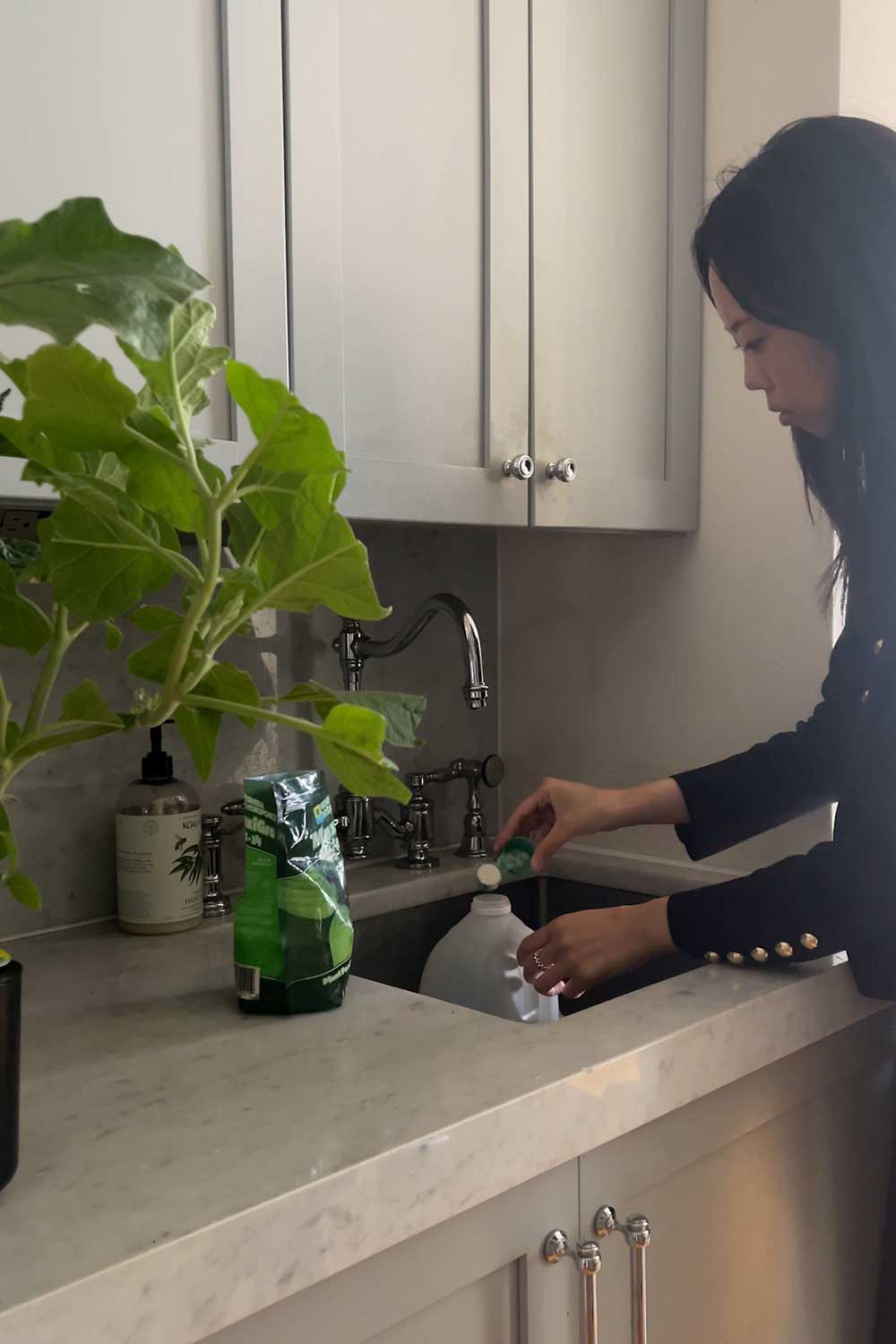
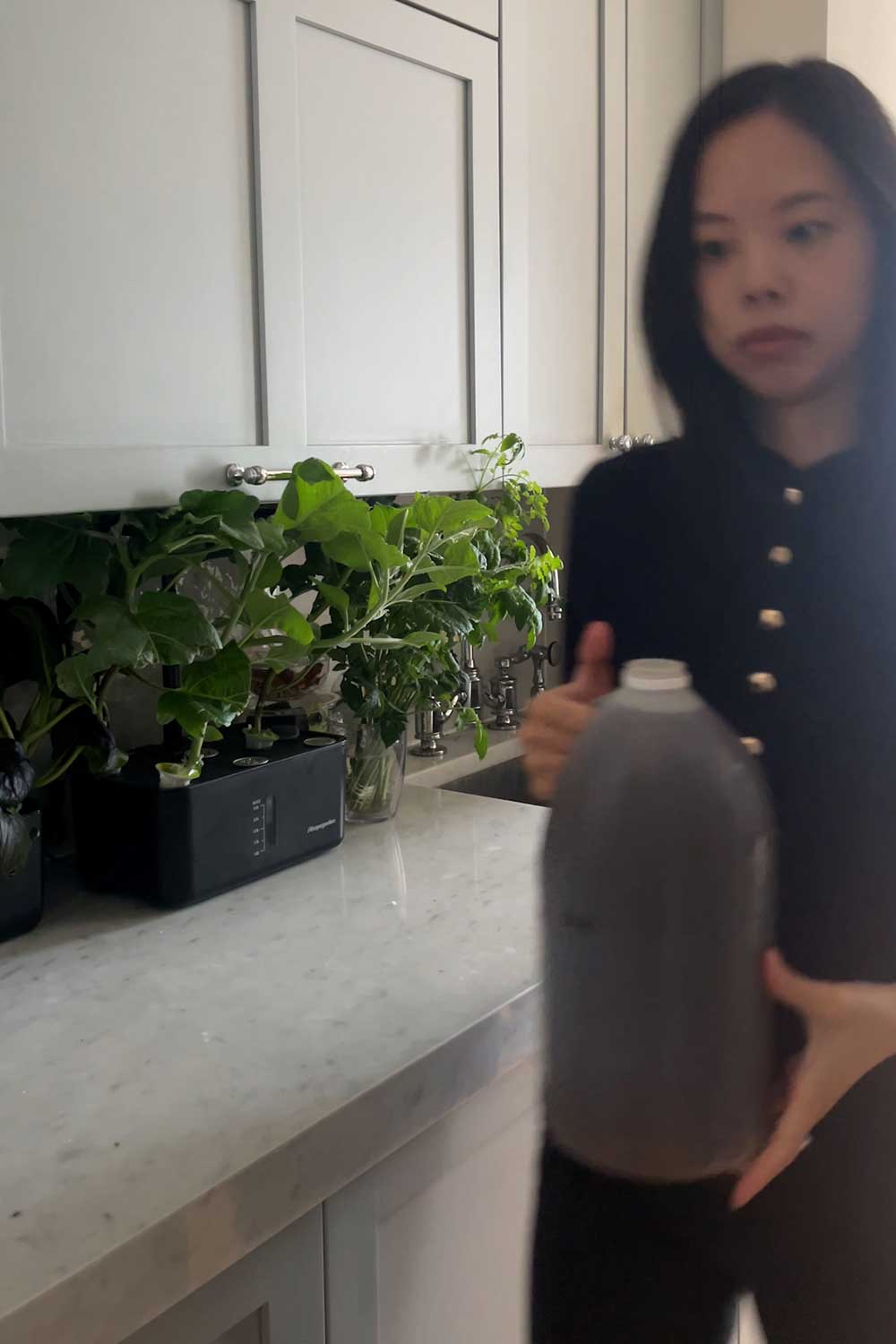
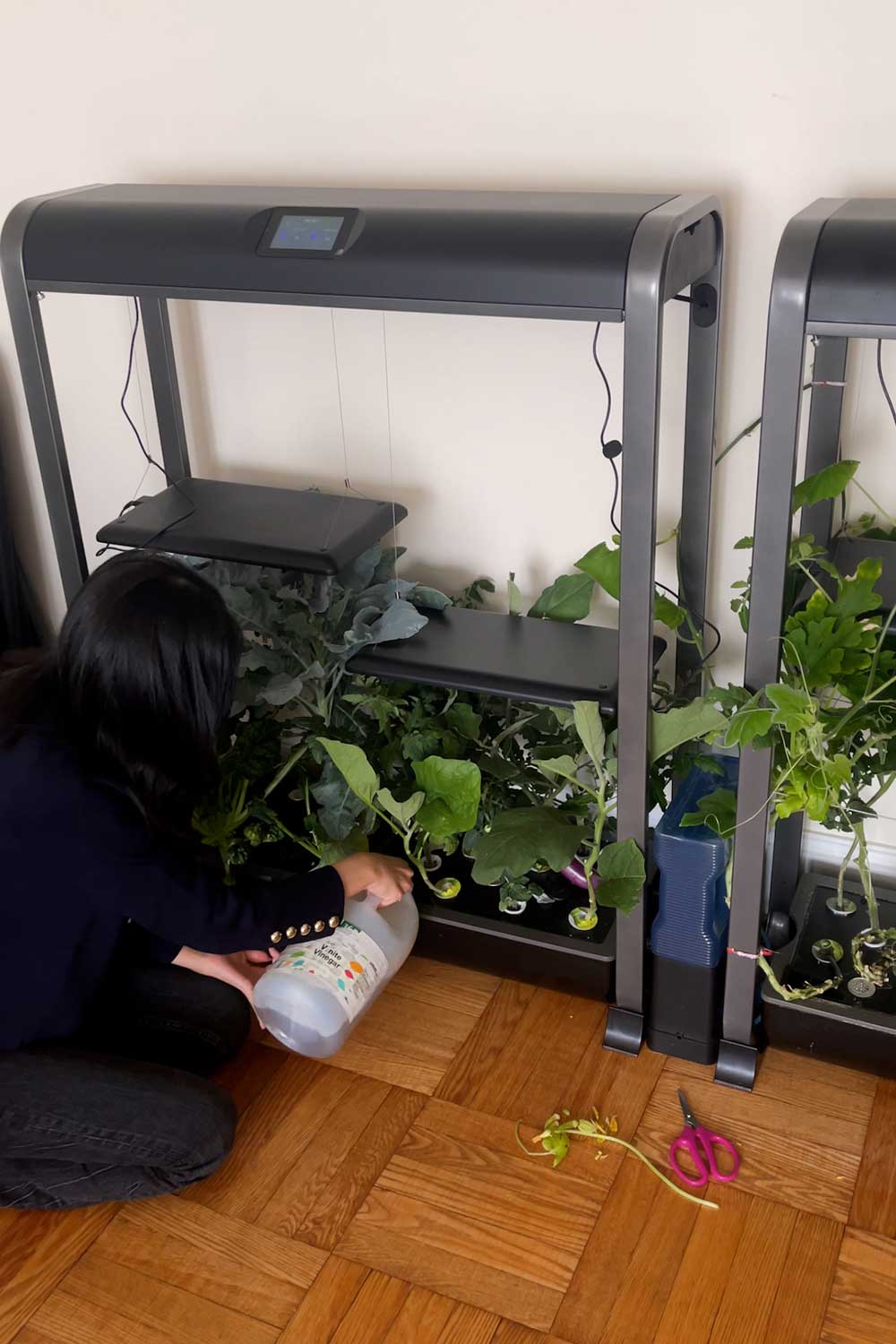
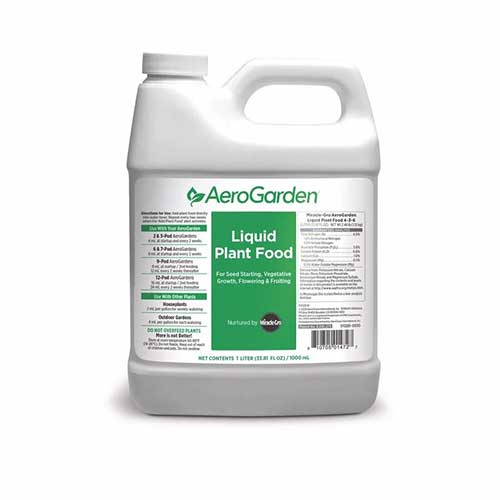
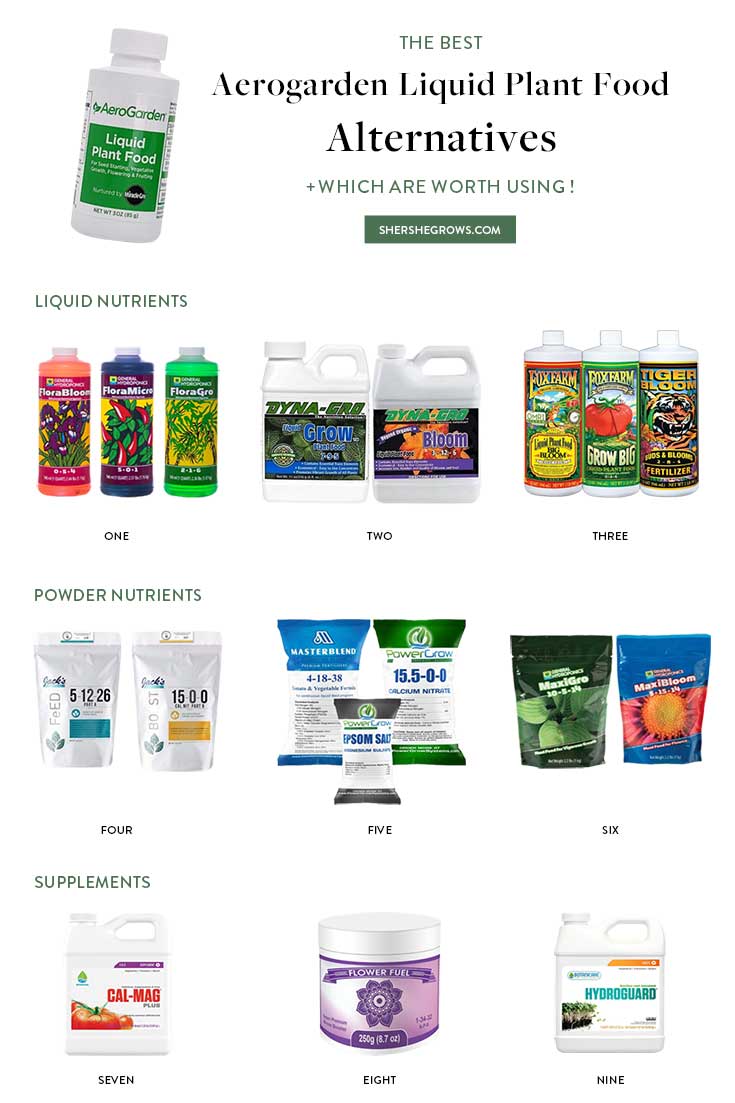
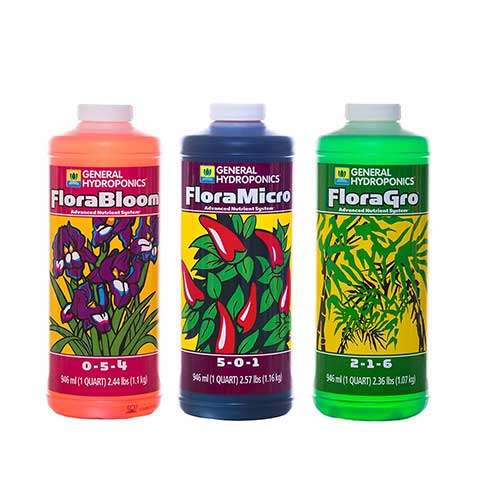
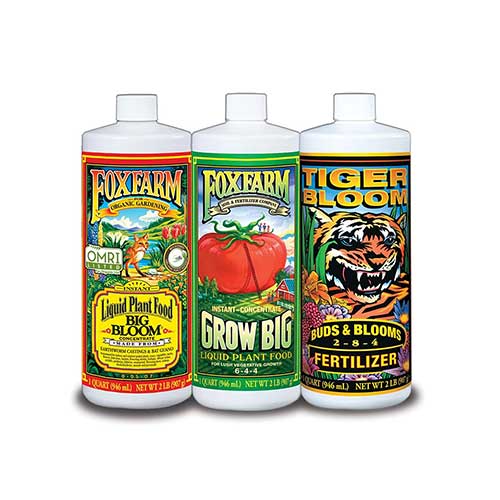
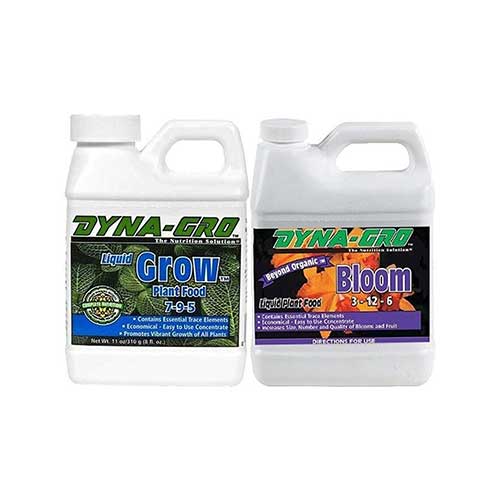
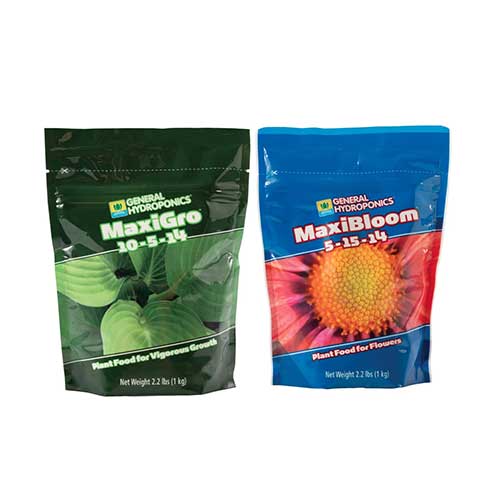
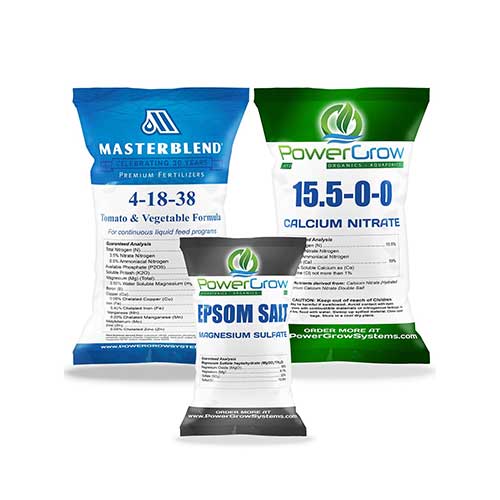
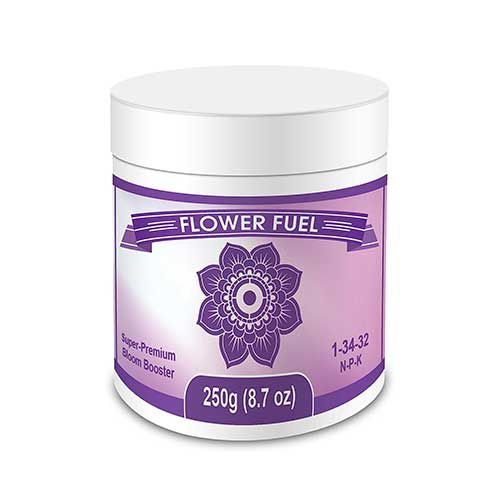
So informative thank you
Loving your blog. It’s like you’re reading all the questions in my mind as we’re setting up our first hydroponic system. Thank you!!